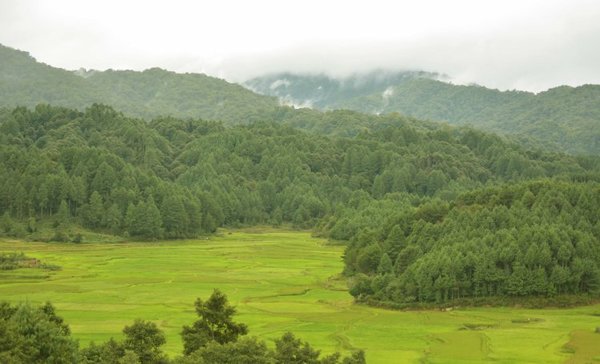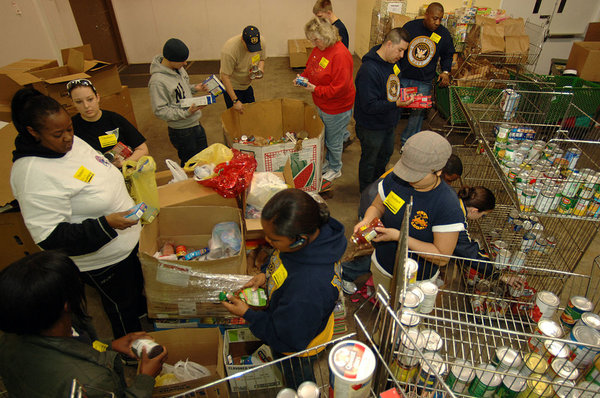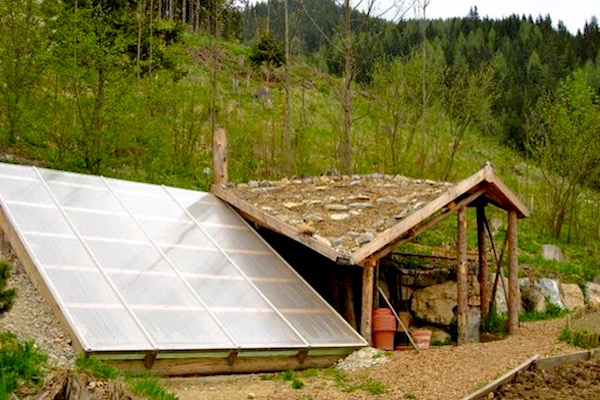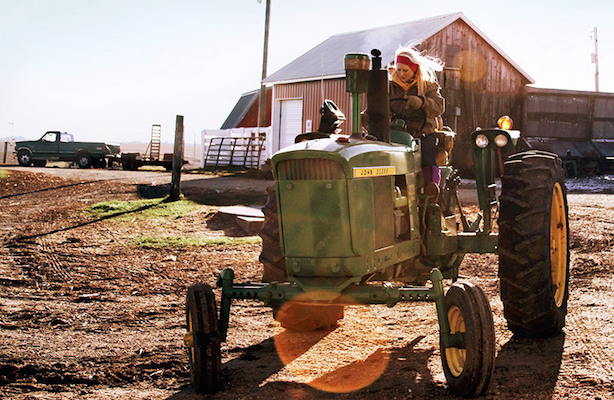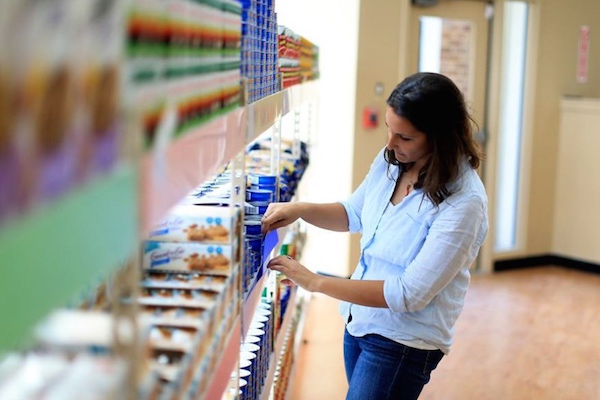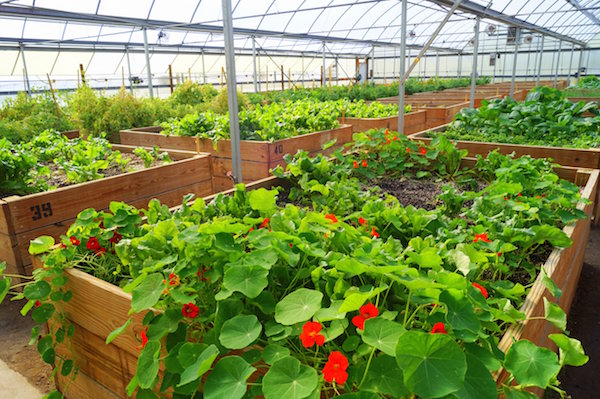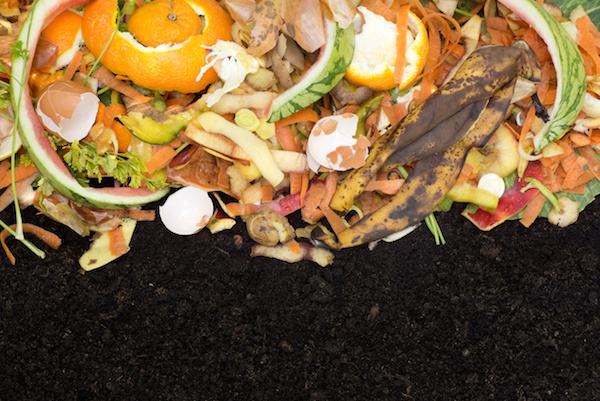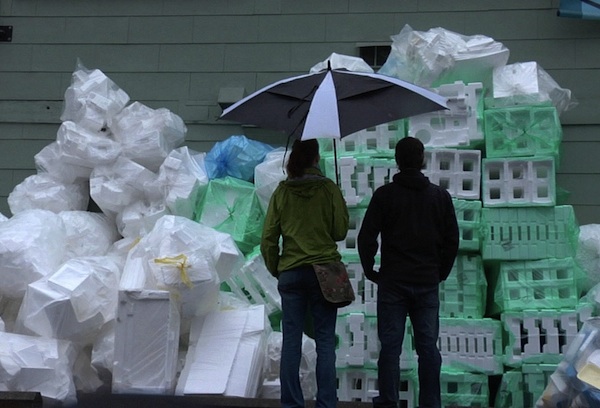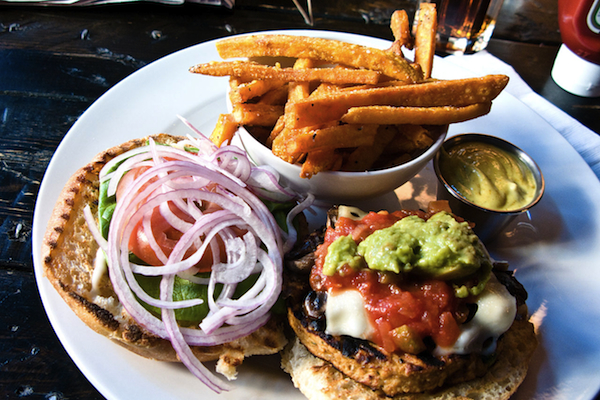A new meta-analysis finds that certified-organically produced dairy and meat have higher levels of nutrients than their conventionally produced counterparts. It’s not something magical about organic. It’s about what the animals are being fed under certified-organic standards which is grass instead of grain and often outside of a barn.
Continue reading... →The Apatani tribe in Arunachal Pradesh is known for its paddy cum fish agriculture. They practice this as well as other sustainable water management techniques that allow them to coexist and thrive.
Continue reading... →The sheer volume of food waste is disturbing, especially in a world where food insecurity and starvation is a reality for many. Not to mention the environmental impact of wasted food ending up in landfills where it decomposes and produces methane gas leading to increased global warming. Many of us treat all printed expiration dates as though they’re ‘use-by’ dates and this leads to good food ending up in the bin. Use-by and best before dates, learn the difference between them.
Continue reading... →This $300 DIY underground greenhouse is ideal for gardening in colder climates by collecting the sun’s rays and earth’s heat to grow food year round. From vertical farms to solar-powered “farms from a box,” we’ve seen how farming technology has grown leaps and bounds in recent years. But for those who prefer something a little more rustic, growing food from a hole in the ground is as low-tech as you can get. A walipini, meaning “place of warmth” from the Amaraya Indian language, is an underground greenhouse with a transparent (usually plastic) covering that stays warm by passively soaking up the sun’s heat and absorbing the earth’s thermal energy. Fruits and vegetables can be grown year-round, making it ideal for communities in colder locations that can’t usually grow their own fresh and local produce during certain parts of the year. The farming method isn’t exactly new. Walipinis have been used in South and Central America for decades, including one that can grow bananas at 14,000 feet in the Andes. The technique was notably adopted by The Benson Institute, a worldwide food security program of the Mormon church. According to The Plaid Zebra, the Benson Institute and its team of volunteers built a community-sized 74-feet-by-20-feet walipini […]
Continue reading... →With the end of the year just around the corner, we wanted to reflect on all that we have to be grateful for in 2015. There’s a lot to celebrate! From promoting conservation to empowering beginning farmers, here is the National Sustainable Agriculture Coalition’s list of the Top 15 Highlights of 2015: Conservation and Environment 1. 2015 opened with the first ever Conservation Stewardship Program (CSP) contract renewals. CSP, a program that NSAC has championed, is the only farm bill conservation program to support performance-based advanced conservation systems for working farms. 70 percent of expiring acres were renewed by producers ensuring that more than 17 million acres will continue to be supported through new and ongoing conservation activities. The year also ended on a high note for CSP: the Natural Resources Conservation Service (NRCS) postponed the CSP overhaul until 2017, buying more time for stakeholder input and outreach around the changes, and just this week Congress approved an omnibus budget bill that eliminated House-proposed cuts to CSP funding in 2016. 2. National Sustainable Agriculture Coalition (NSAC) member organizations and supporters submitted hundreds of comments to USDA recommending ways to improve the interim rules to implement 2014 Farm Bill changes to conservation programs, […]
Continue reading... →East Coast business uses clean technology to take food waste out of landfills and put it into your garden. Imagine a big composting machine that processes food waste by the ton. It’s not only bigger than the compost heap you have stirring in your backyard; it’s faster, too. That’s the idea behind Converted Organics’ high-temperature liquid composting technology. The Boston-based company takes food waste from grocery stores, restaurants, and processing facilities around Boston, New York and New Jersey and turns it into an eco-friendly fertilizer that gardeners can use in their backyards. Unlike your backyard compost pile, where dairy and meat products are a big no-no, Converted Organics accepts all types of food waste, including fruits, vegetables, and meats. “Meats have high nitrogen compounds from additional protein,” says Rob Bayless, the company’s vice president of manufacturing, explaining why taboo compost additives are a key ingredient to the Converted Organics mix. Contrary to backyard composting methods, they then liquefy the food waste. This not only breaks down the material to keep it from producing that nasty odor associated with decomposing garbage, it allows oxygen to more easily enter the mix, explains Bayless. Air is inserted into the liquefied food waste, making […]
Continue reading... →Polystyrene foam, aka the devil’s clamshell, aka the indestructible insulator, aka green public enemy No. 1, may have finally met its match: mealworms. (Polystyrene and “Styrofoam” are regularly — and incorrectly — used interchangeably. Styrofoam is a kind of polystyrene, but not the kind you’re thinking of.) That’s right. It turns out, those squirmy little grubs are more than just a hot menu item for entomophagy enthusiasts. They, too, have quite an appetite, and according to the Environmental News Network (ENN), that appetite happens to include Styrofoam and other forms of polystyrene: While this diet doesn’t sound remotely healthy for the worms, researchers have yet to identify any adverse effects. In comparison studies, mealworms that ate exclusively Styrofoam were equally as healthy as those that ate a more standard diet of bran. Researchers are currently in the process of verifying that families of worms that consume only plastic are still healthy generations from now. Additionally, they want to confirm that predators that eat mealworms remain healthy after consuming worms that eat Styrofoam. Styrofoam and other polystyrene foam are poisonous to a lot of animals, so mealworms’ ability to digest them came as quite a surprise to scientists. “There’s a possibility of really important research coming out of bizarre places,” Stanford researcher Craig Criddle said in a […]
Continue reading... →About a year ago, Meatless Monday featured “Cowspiracy,” the documentary linking animal agriculture and environmental disaster. The film just nailed distribution through Netflix . Kip Andersen, co-producer/director of “Cowspiracy: The Sustainability Secret,” considered himself to be an environmentalist. He recycled to reduce waste, took quick showers to save water, supported several environmental organizations. Then “I did some research and discovered all these incredible things — rainforest destruction, species extinction — can all be tied to animal agriculture. Jeez, this is the cause?” And if so, why was no one talking about it? Stunned, Andersen “checked the websites of my favorite nonprofits — Greenpeace, Sierra Club, Surfrider — I didn’t see anything on there. I started emailing and calling over months, years, and no avail. That’s when I started to step this up, that’s when I teamed up with Keegan [fellow producer/director Keegan Kuhn] to get to the bottom of this.” The bottom, it turns out, is a long way down. The feature-length documentary follows Anderson on his journey into the heart of darkness. And silence. “There’s suppression and mismanagement of information,” says “Comfortably Unaware” author Dr. Richard Oppenlander, the degree of which surprised even Kuhn of First Spark Media. “I […]
Continue reading... →
